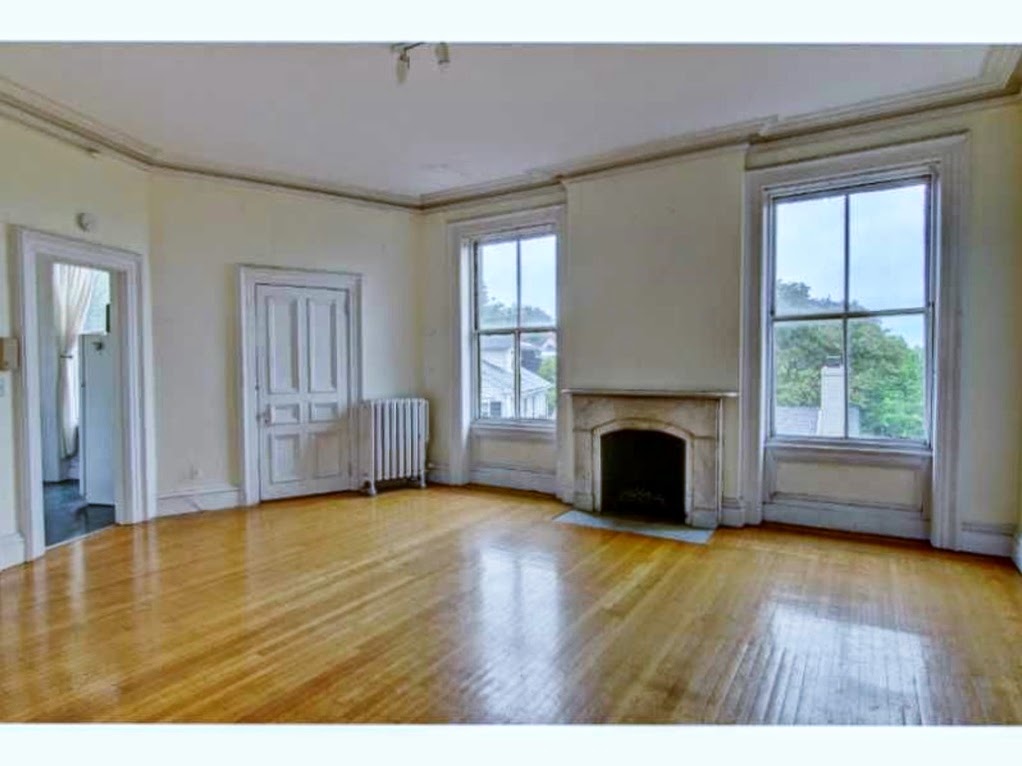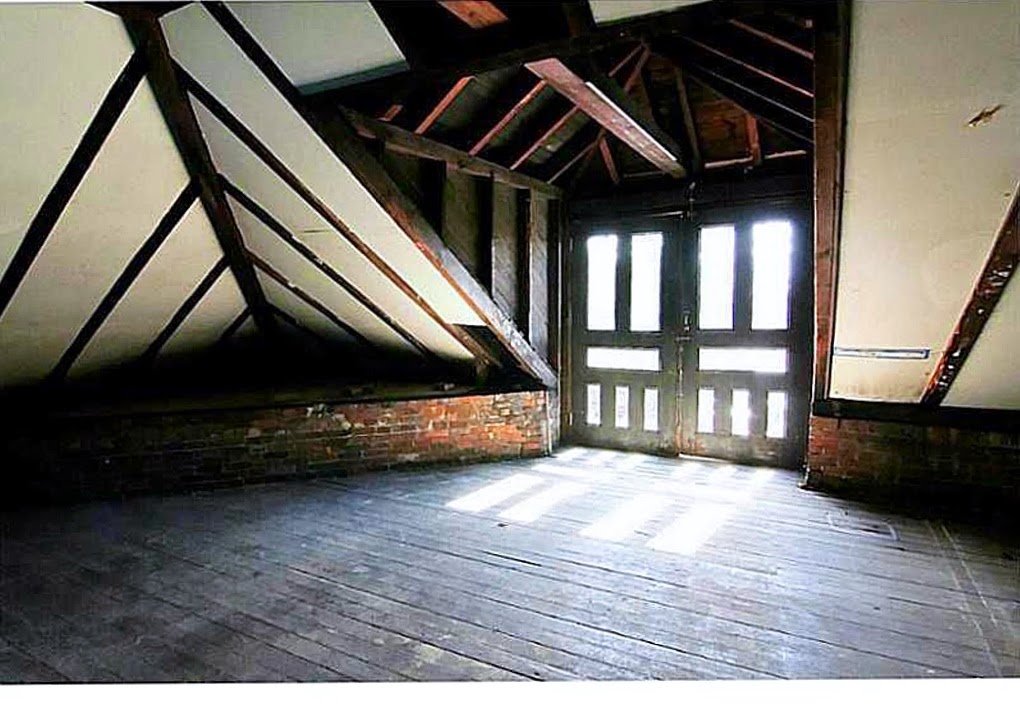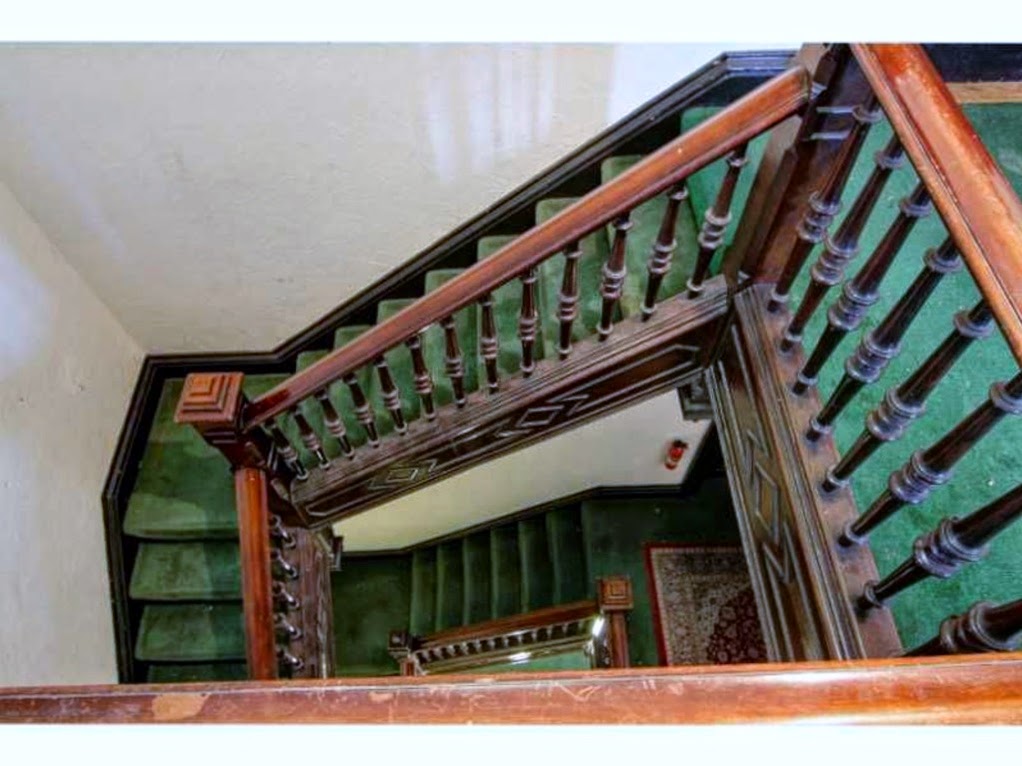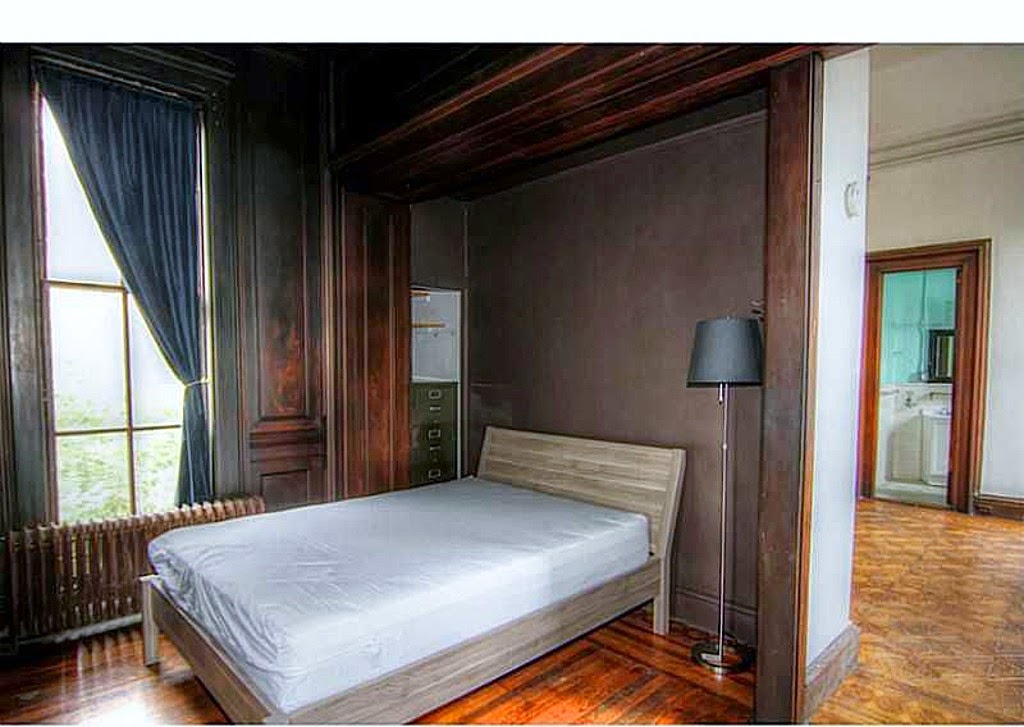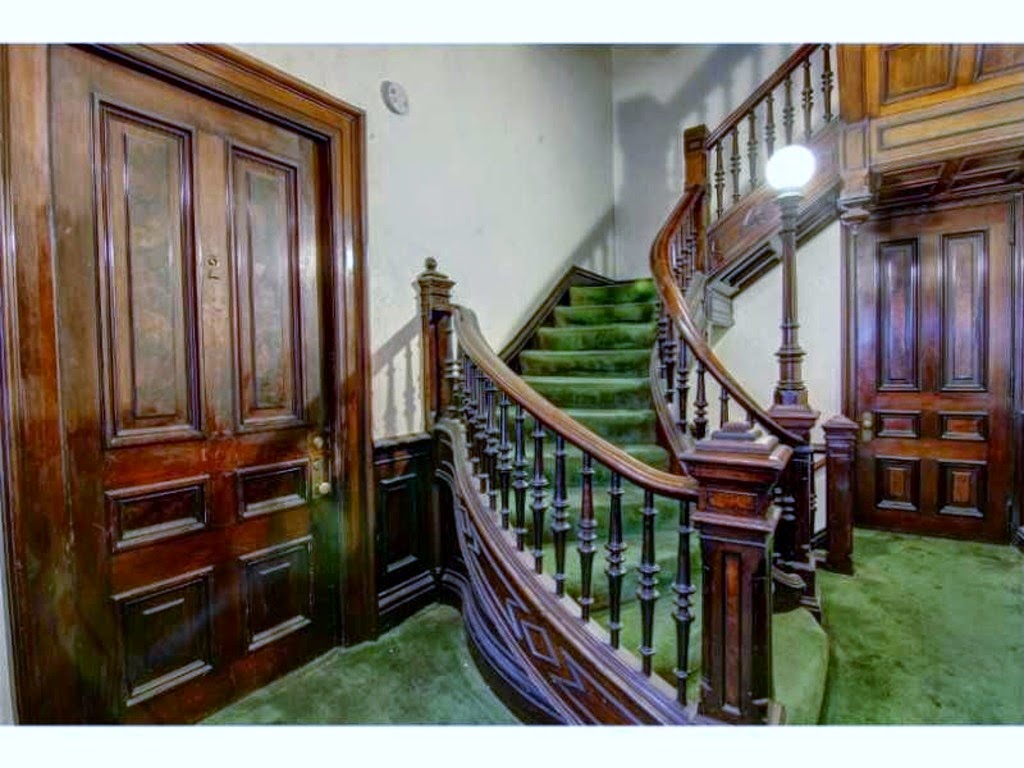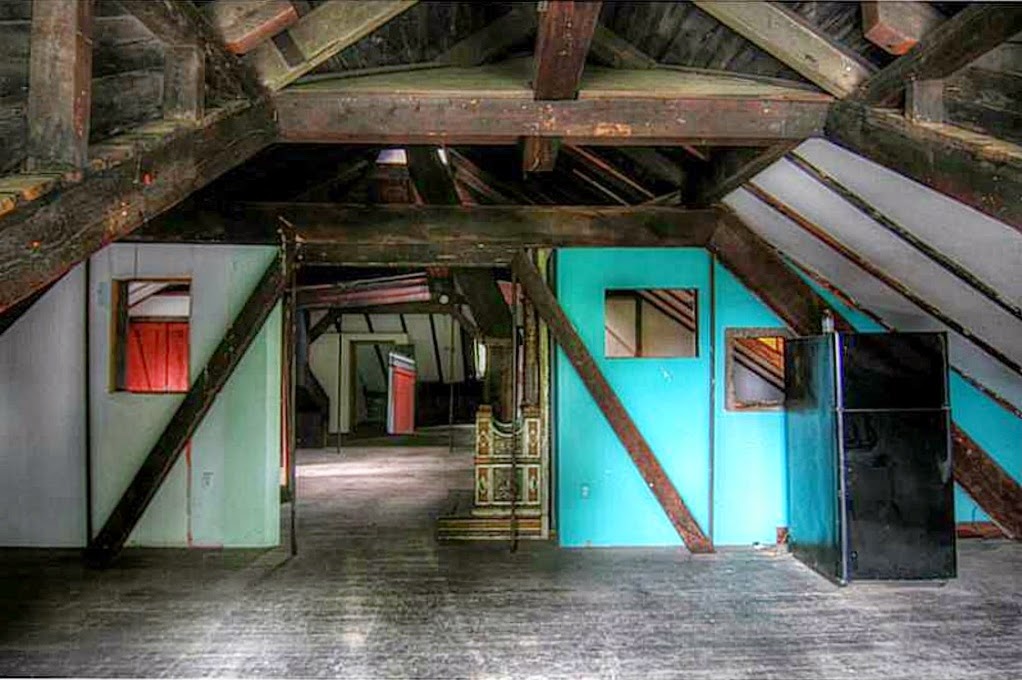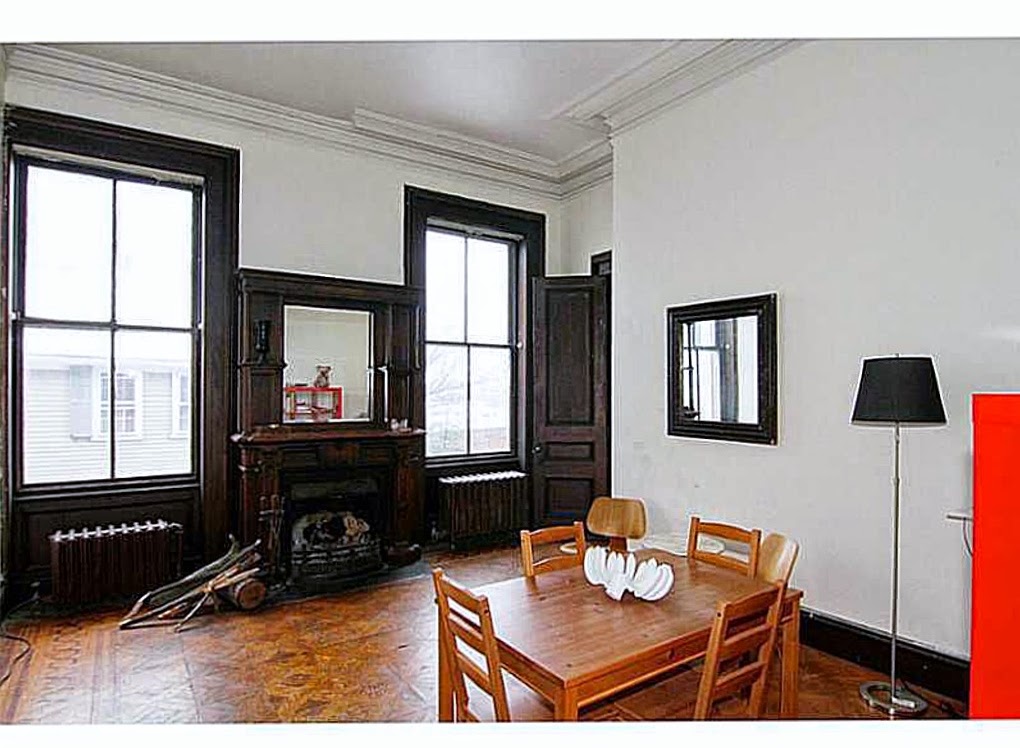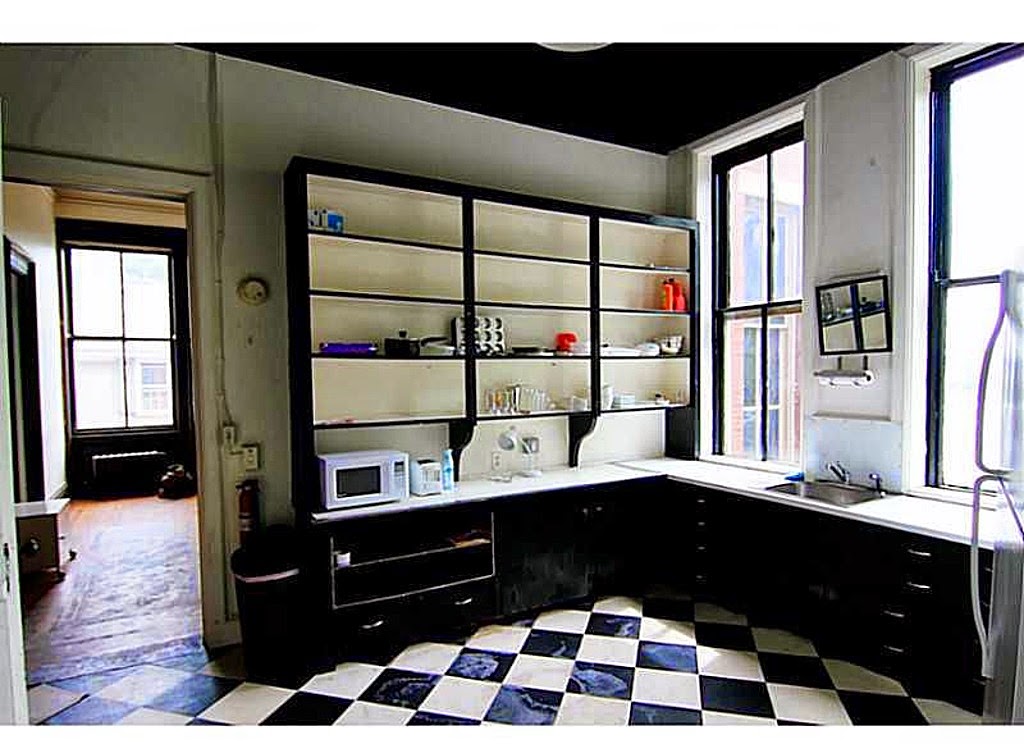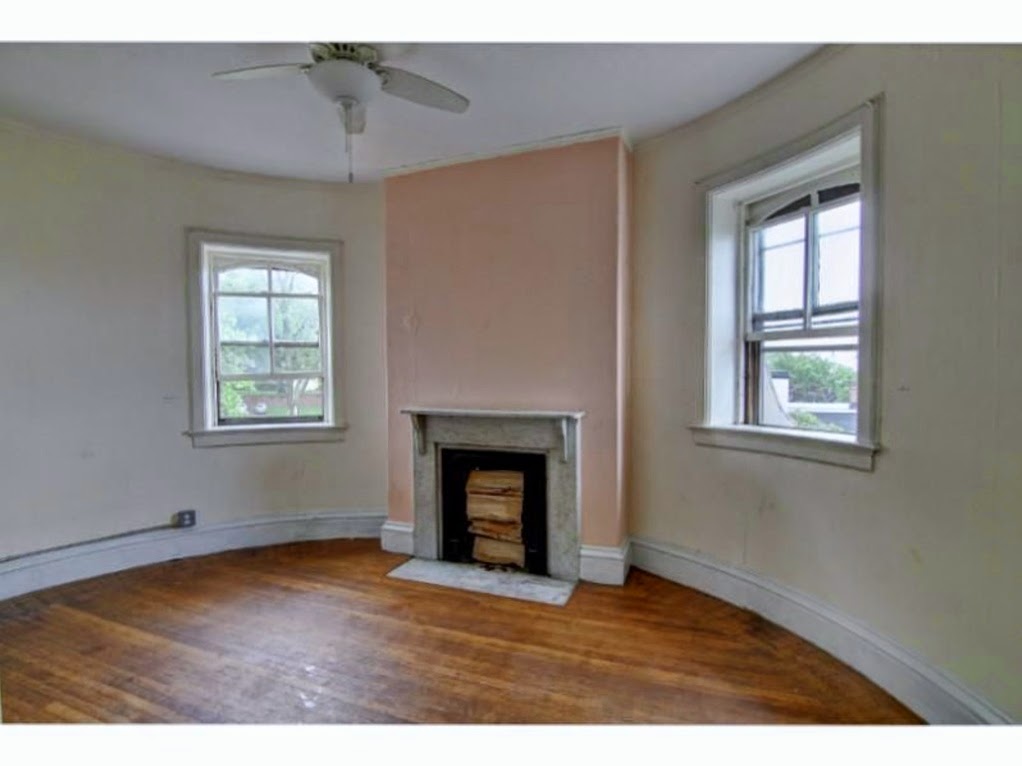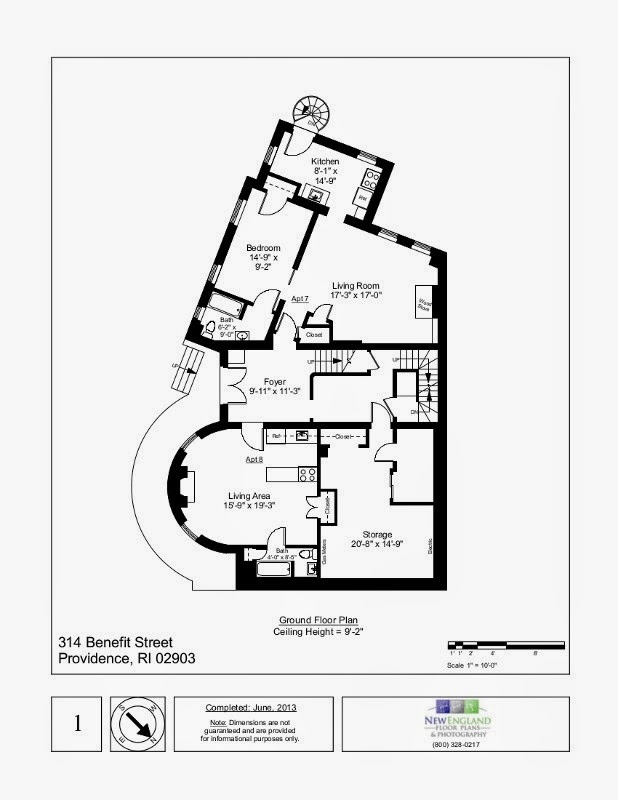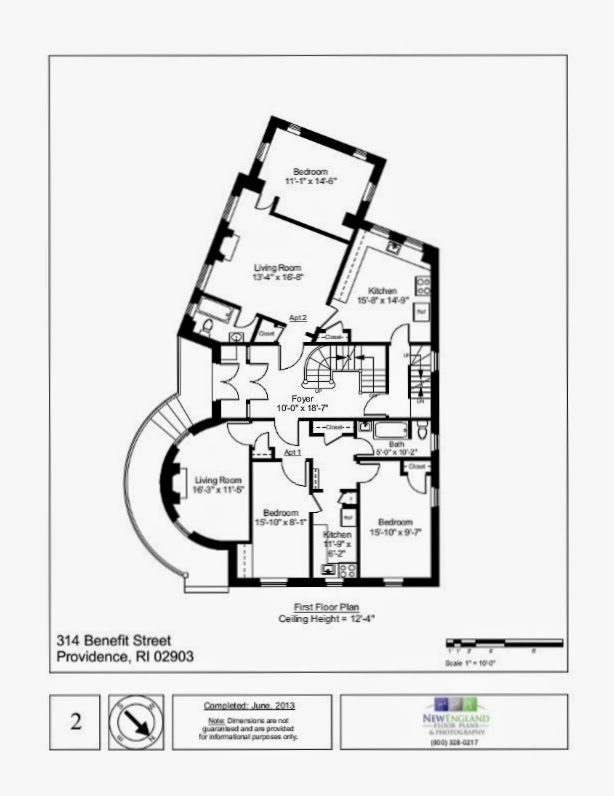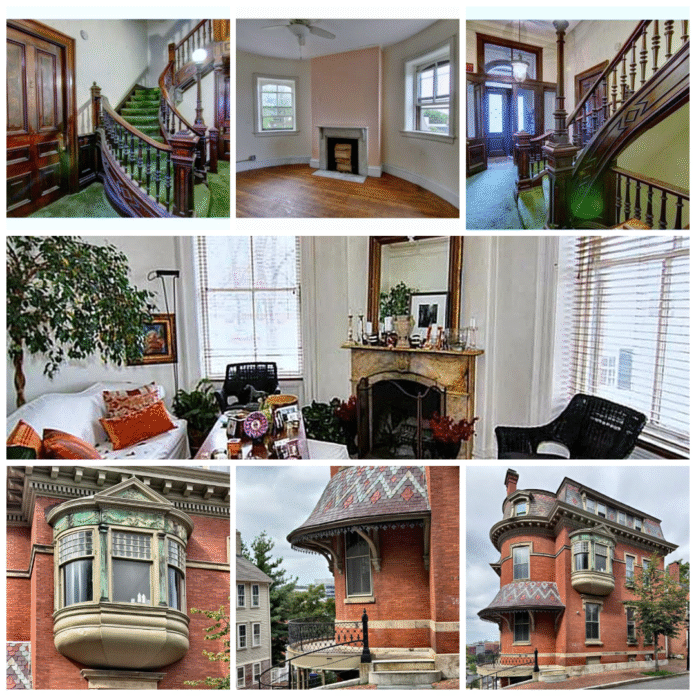Some streets are more than just thoroughfares; they are living museums.
And there is perhaps no finer example in New England than Benefit Street in Providence, Rhode Island. This “Mile of History” is a treasure trove of architectural splendor, but even among giants, some structures command a special kind of attention.
One such place is the commanding brick mansion at Benefit Street, the former home of General Ambrose Burnside.
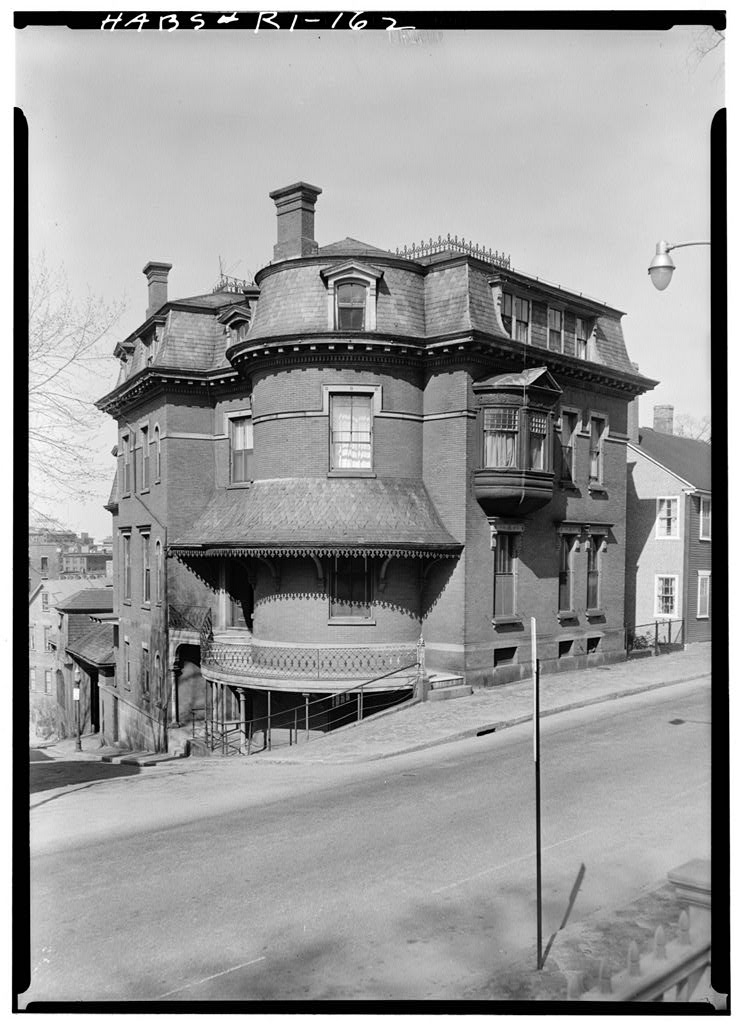
To stand across the street from it is to take a step back into the Gilded Age. The first thing that strikes you isn’t just its size, but its profound sense of solidity.
Built around 1866, the house is a magnificent example of the Italianate style, rendered in a deep, warm-hued brick that seems to have absorbed the last 150-plus years of sunlight and history.
This isn’t a frivolous, ornate building; it has a sturdy, almost stoic presence, much like the man who made it famous.
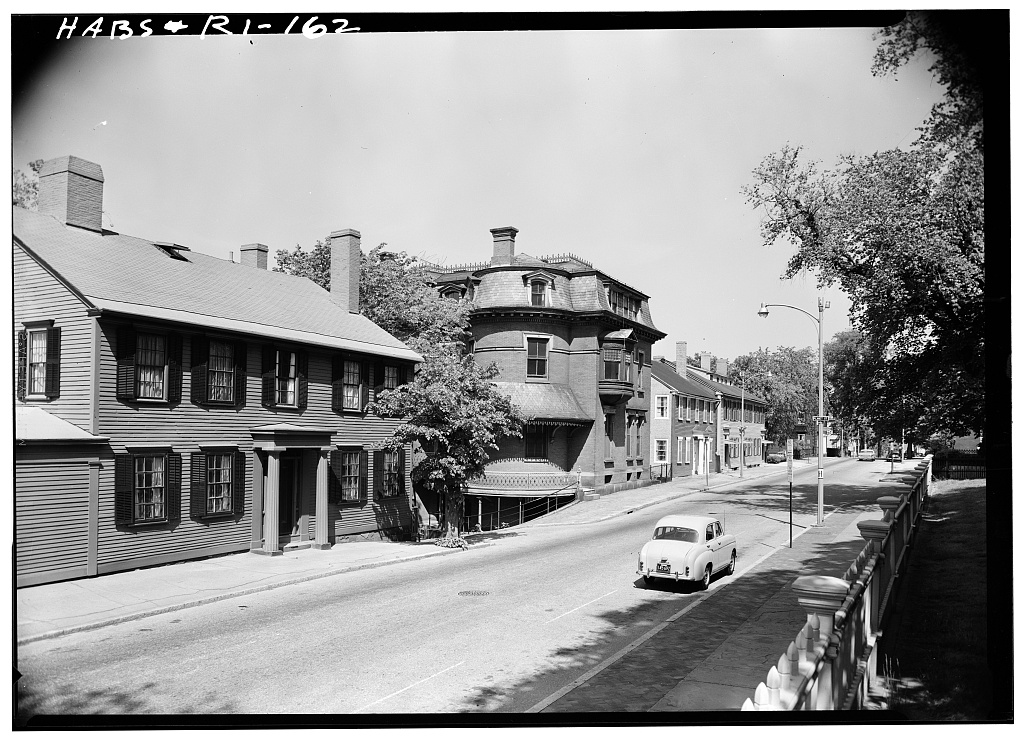
Designed by the celebrated Providence architect Thomas A. Tefft, the house showcases the best of its era’s confidence.
My eyes are immediately drawn to the details that make old-house lovers swoon: the heavily bracketed cornice that creates a dramatic, shadowed roofline; the tall, arched windows with their pronounced stone hoods; and the magnificent two-story projecting bay window that gives the facade a commanding, three-dimensional quality.
It’s a house built to impress, a statement of power and prestige in post-Civil War America. It feels less like a home and more like a fortress of domesticity, a private castle for a public man.
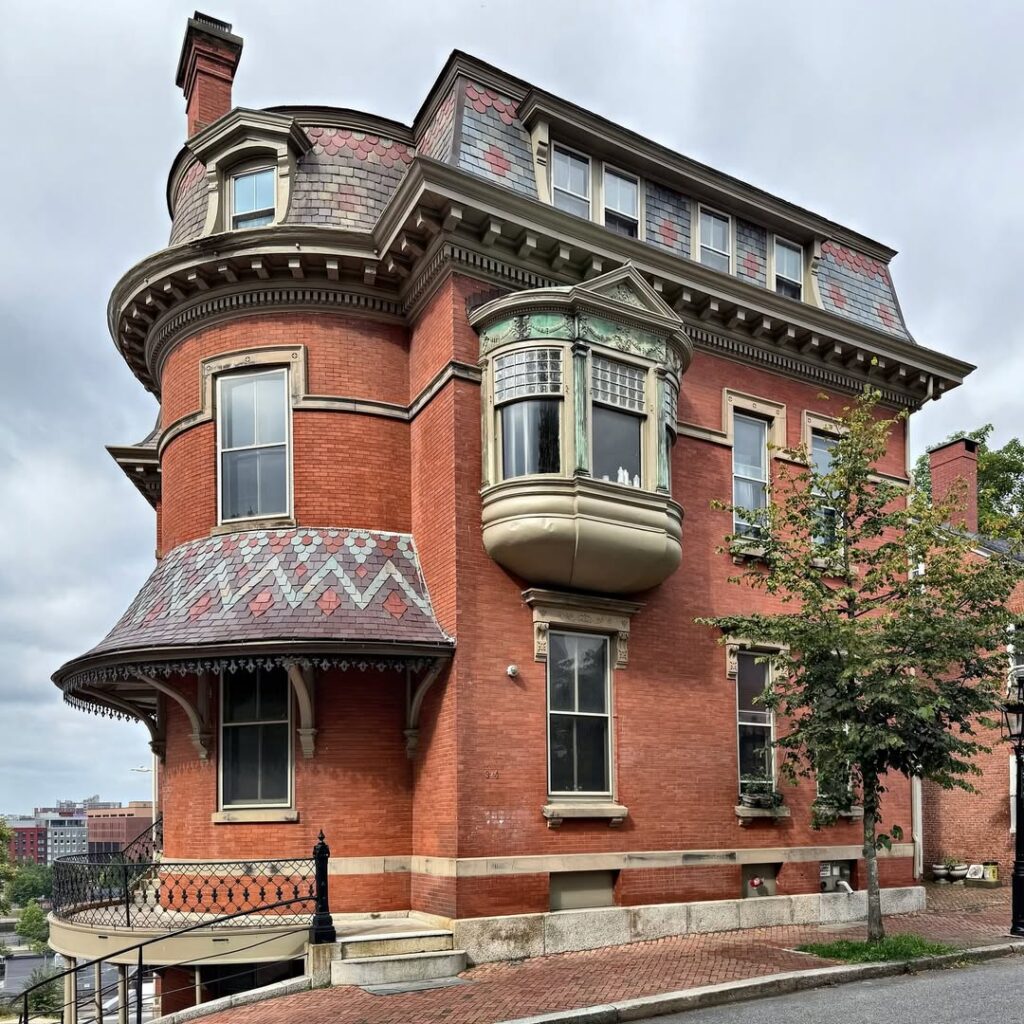
And what a public man he was. It’s impossible to separate the house from Ambrose Burnside. While he is often popularly remembered for his distinctive facial hair—which gave us the term “sideburns”—his life was far more complex.
He was a West Point graduate, a Union Army General with a mixed and often tragic military record (most notably at the Battle of Fredericksburg), a three-term Governor of Rhode Island, and a U.S. Senator.
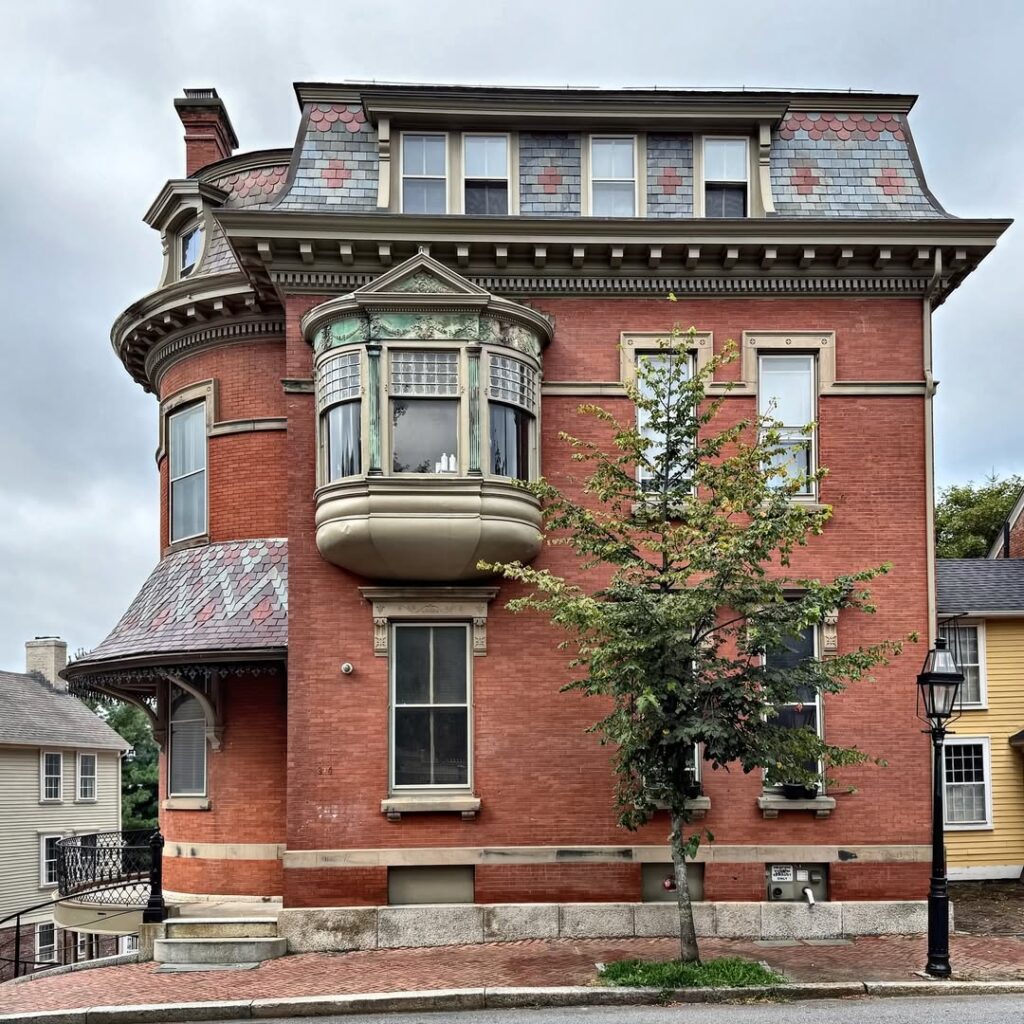
This house was his post-war sanctuary. He didn’t build it, but purchased it shortly after its completion and lived here until his death in 1881. I often try to picture him here, having left the battlefields behind.
Did he stand in that grand bay window, looking out over a rapidly industrializing Providence? Did he host political allies and business partners in its high-ceilinged rooms, the weight of his past campaigns a constant, invisible guest?
The house feels imbued with his story—a tale of public service, military failure, political success, and profound personal loyalty. It was within these very walls that he passed away, making the home a final, tangible link to his life.
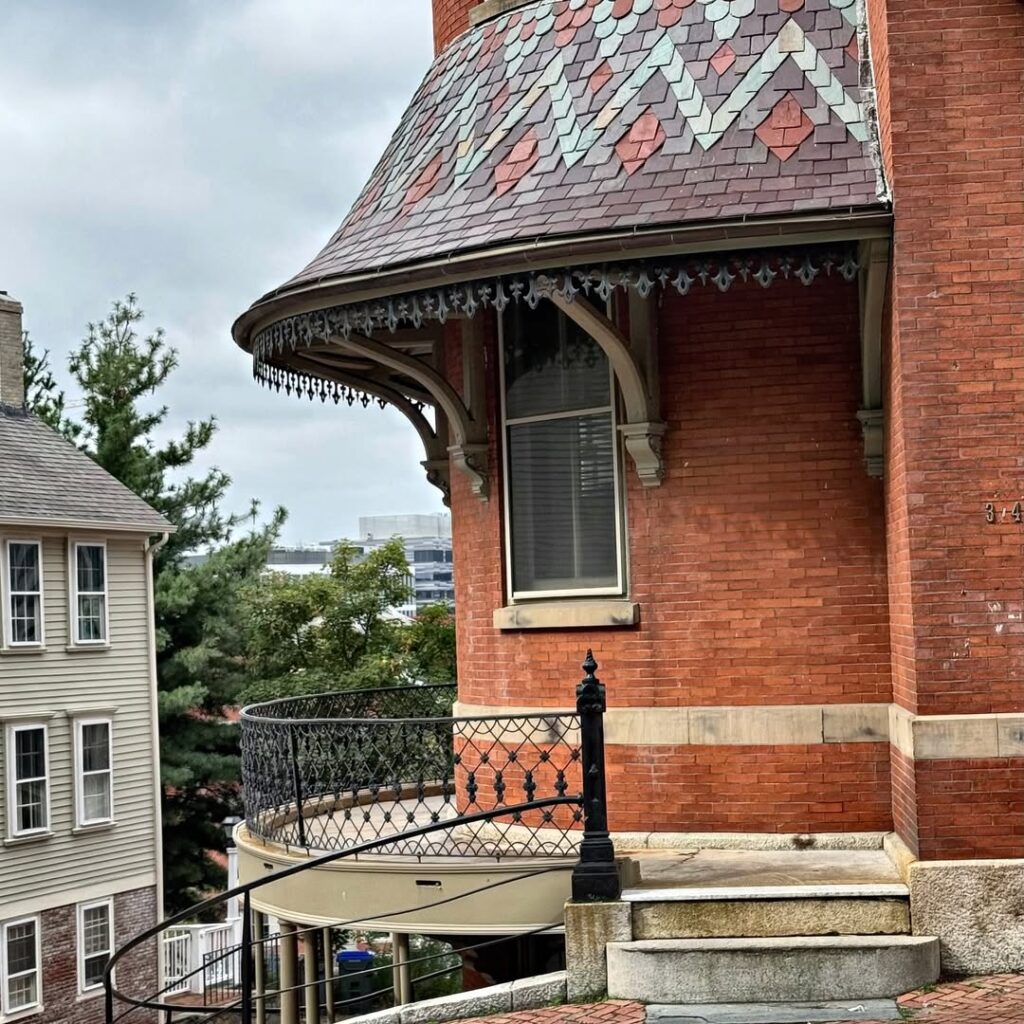
Today, the General Ambrose Burnside House is privately owned and associated with nearby Brown University, so its doors are not open to the public. Yet, its power is undiminished.
It stands as a testament to a pivotal era in American history and a cornerstone of College Hill’s unparalleled architectural landscape.
It’s a reminder that a house is more than wood, brick, and mortar. It is a vessel for memory, a silent witness to the lives lived within.
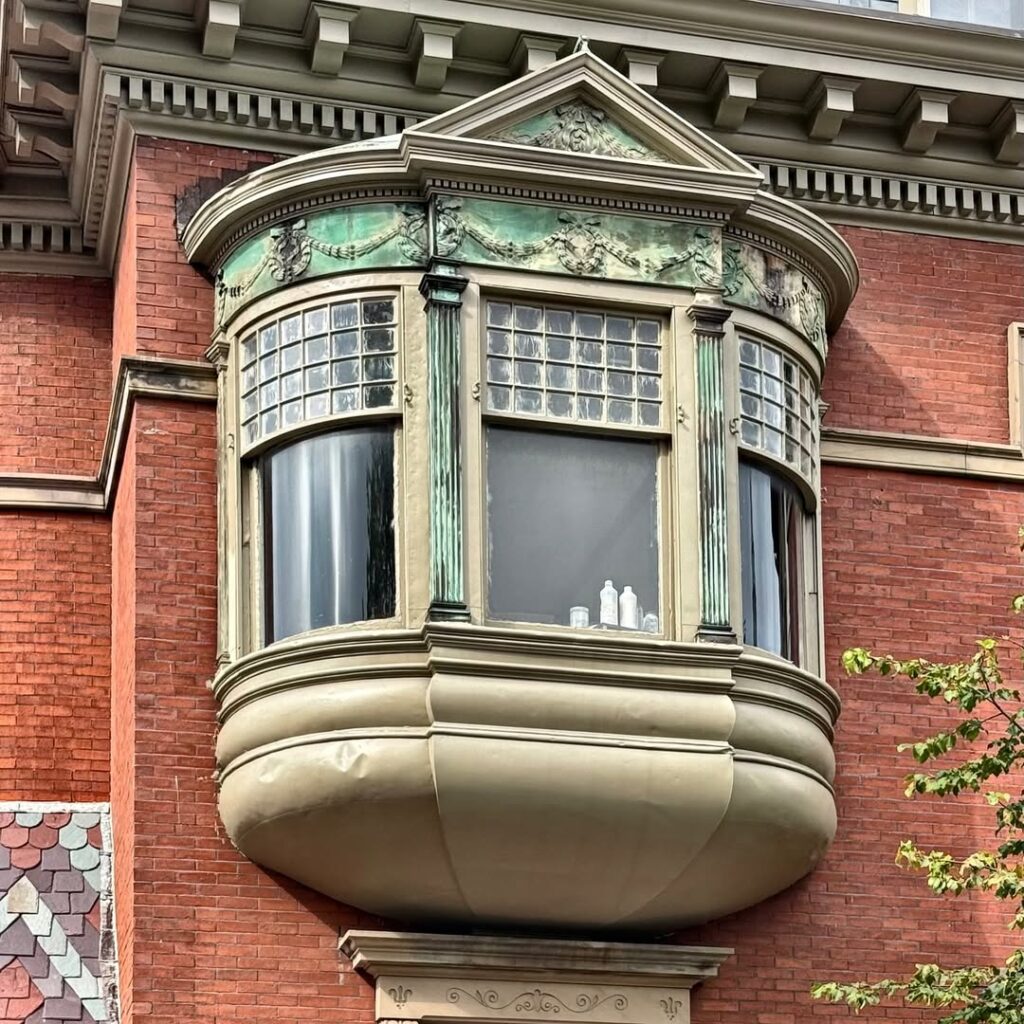
For anyone who appreciates history etched in stone and slate, a slow walk past Benefit Street is a pilgrimage worth making.
Look at the way the light catches the old brick. Notice the craftsmanship in the brackets and window surrounds. Feel the weight of the history it represents.
It’s more than just an old house; it’s General Burnside’s final redoubt, a proud and enduring piece of the American story.
Inside photos
